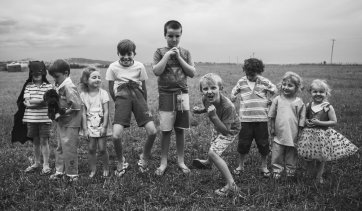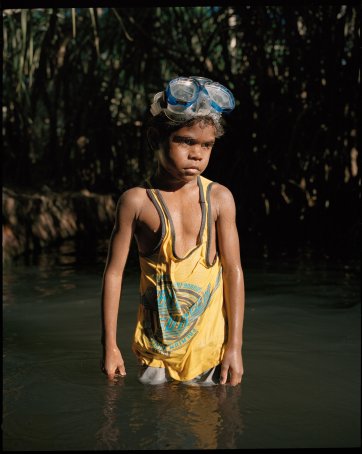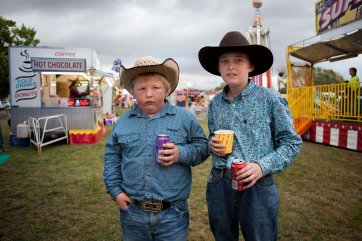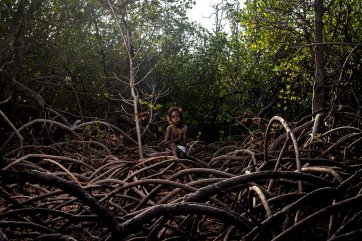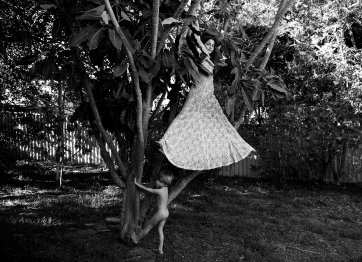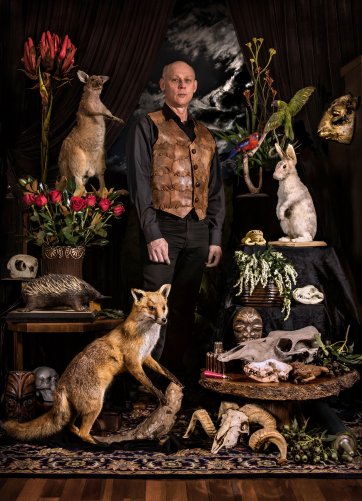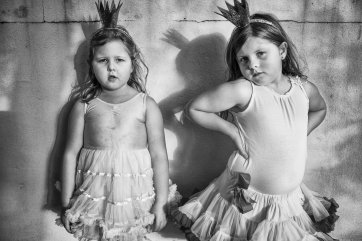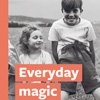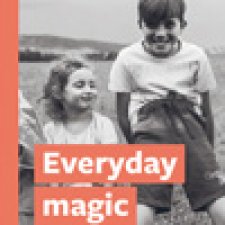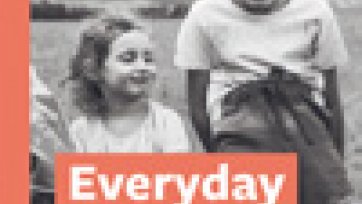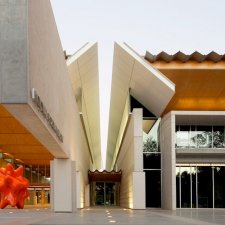A companion to the National Photographic Portrait Prize 2016 exhibition, this resource is a cross-generational tool to activate focused looking and discussion in families and school groups.
We have selected eight portraits from the exhibition – of children from various cultural backgrounds, in various geographical settings – which suggest a multitude of potential narratives. A small booklet (download 'Everyday magic', on this page) includes the same images overlaid with prompts for contemplation.
Both the booklet and the activities below invite children to consider familiar physical elements such as pose, movement and their senses, and to build critical and creative thinking skills by drawing on their memory and imagination.
Using this resource
Designed for early primary school-aged children (up to Year 3), the resource can be adapted to suit your circumstances and needs. You could use it before, during or after a visit to the exhibition – in the gallery, in the classroom or at home. If you cannot visit the physical exhibition (in Canberra or Dubbo, Newcastle, Port Pirie, Mildura or Glenelg) you can print the booklet and/or images from this page.
Activities
- Select a photograph from home that has a particular look, taste, smell or feel. Discuss what each of these senses means and how the chosen image expresses that particular sense.
- Pair your photograph from home with one of the eight photographs featured in the resource, and explore the links between the two images. What do they have in common, eg in terms of pose, expression, mood?
- Create a comic strip. Using either an image from home or one from the resource, draw what happened before and after the chosen image. In a group, discuss what’s happening. Consider how else the story might begin and end.
- Choose a favourite image from the resource and write a short story or poem about it.
Curriculum links
The resource has connections with the Australian Curriculum, as follows, and is designed for early primary school teachers of Visual Arts, English and History.
Visual Arts:
- Visual analysis – observational skills and viewing critically
- Processes – describing, explaining, exploring, questioning, imagining
- Subject matter
- Techniques and art forms (photography)
- Materials
- Technologies
English:
- Portraits as narrative
- Visual language – explore the different contribution of words and images to meaning in stories and informative texts
- Literacy – creating text and handwriting
History:
- Questioning – pose questions about past and present objects, people, places
- Analysing – interpret data and information displayed in pictures and texts
- Evaluating and reflecting – draw simple conclusions based on discussions, observations and information displayed in pictures and texts
- Communicating – present narratives, information and findings in oral, graphic and written forms
- Exploration of self and others, identity, family, culture, community and the environment
